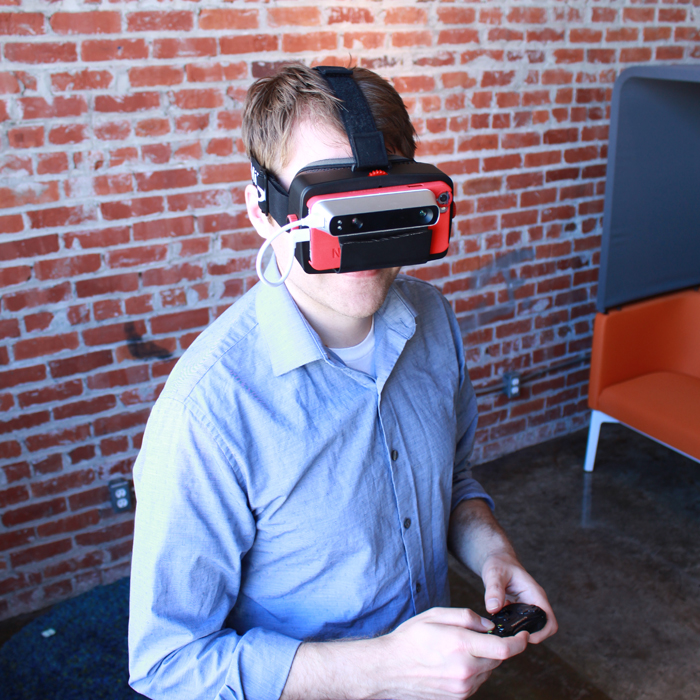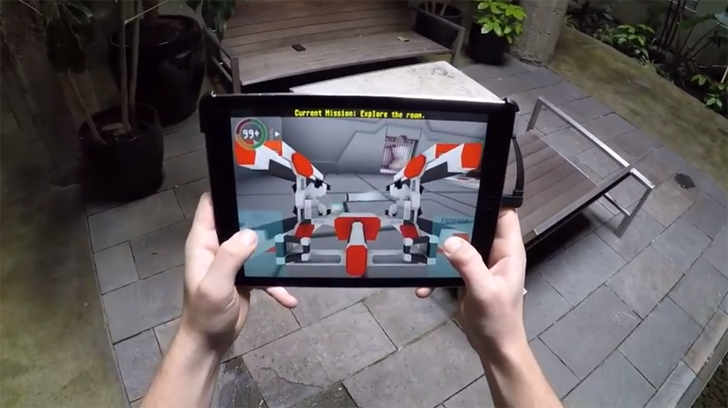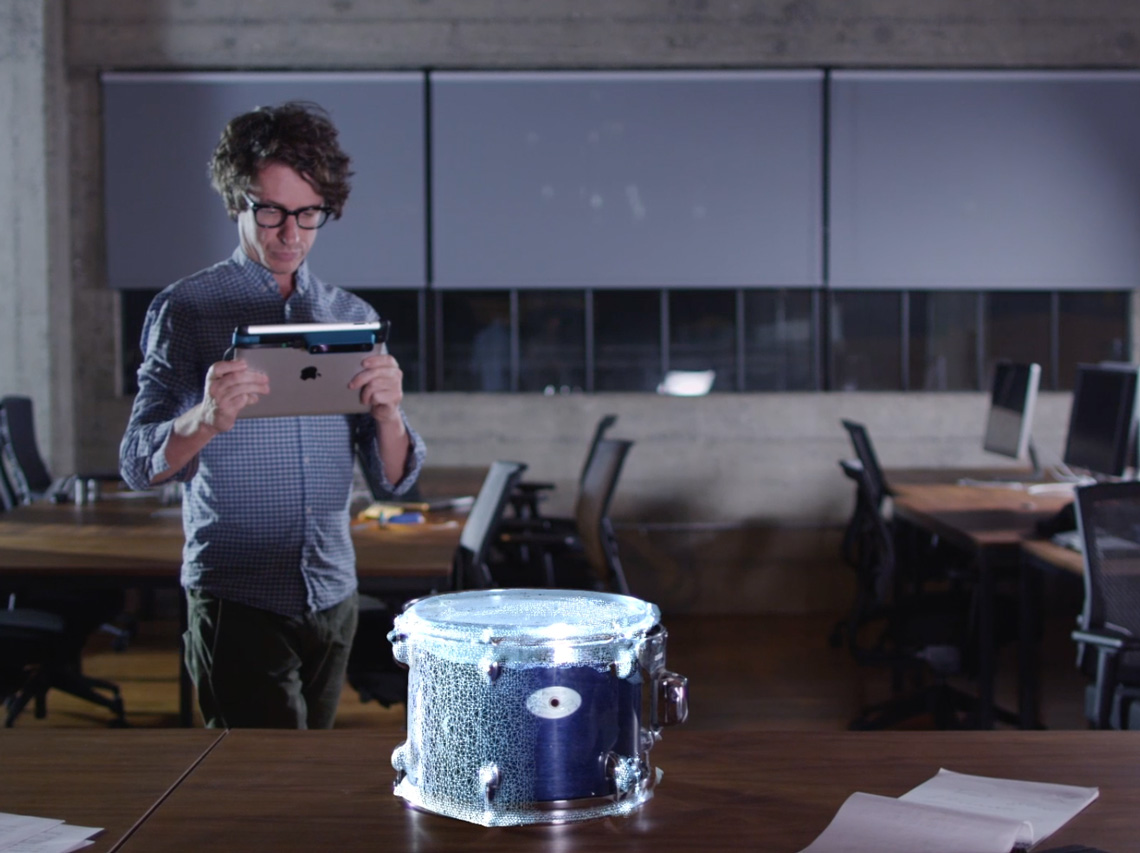Occipital, Inc. has been making a stir since the launch of their low-cost 3D scanner on Kickstarter, eventually seeing the licensing of their iPad/iPhone-based Structure Sensor to 3D Systems and the use of the device as a VR headset with positional tracking. The investment community seems to be among those enamored by the technology, as, today, Occipital has announced the closing of a $13M Series B funding round that includes Intel Capital, Shea Ventures, and Grishin Robotics, along with the firm’s previous investor, Foundry Group.
The 3D ecosystem is still in its nascent stages and Occipital has said since the Structure’s inception that the 3D sensor is meant to drive the creation of apps the will serve as the foundation for this ecosystem when it matures. Because the Structure Sensor is only $379 and compatible with the latest iPads and iPhones, it brings powerful depth sensing to consumers in a format that they’re already familiar with. At the same time, app developers can more easily create apps that rely on depth and an interaction with the physical world. And this is just the beginning for what the startup refers to as spatial computing, in which software can operate in physical space.

The goal of spatial computing coincides with Intel’s own 3D vision, which is already established in the form of the RealSense 3D camera, integrated into an array of platforms from the HP Sprout to the Dell Venue 8 7000 Series tablet to XYZprinting’s handheld scanner. The company is even working on its own 3D sensing phone. Though it’s just speculation, it may even be possible that Intel’s investment into Occipital could see the Structure Sensor’s technology implemented in future smartphones. Though Intel’s relationship with Apple is sometimes described as tenuous, with Qualcomm winning the battle over the iPhone 6 processor, it’d be interesting to see the Structure Sensor incorporated into the iPhone 7.
Achin Bhowmik, vice president of Intel’s New Technology Group and general manager of its Perceptual Computing Group, said of the investment, “Occipital’s work in 3D computer vision is an important building block for the future of interactive computing. Our investment underscores that as computing devices with 3D sensing proliferate, the importance of this technology will rapidly grow.”
With the new funding, Occipital will be taking on new employees as the company develops new software and hardware. So, if you’re based in San Francisco or Boulder and think you’ve got what it takes to push the growing 3D ecosystem, you can apply here.



Leave A Comment